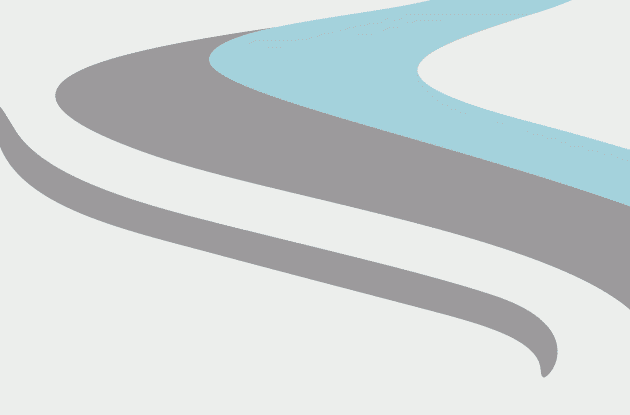Neck and Back Pain in Cycling
Neck and back pain are very common in cycling. Many riders experience occasional or recurrent neck and back pain related to their riding. Neck and back pain are especially common in the early season when riders are increasing both their mileage and time in the saddle. In order to avoid early season overuse injuries, riders should initially ride at high cadence and low resistance and only increase training mileage by 10% weekly, gradually building to goal mileage.
Neck pain can be exacerbated by several factors to include riding position and technique. Riding in drop handlebars for long periods increases the load on the arm and shoulders as well as hyperextension of the neck, leading to pain. If the virtual top tube length (top tube plus stem length) is too long for the rider, or if aero bars are used, hyperextension of the neck is further increased.
Prolonged hyperextension of the neck and associated muscle strain may lead to trigger points in the muscles of the neck and upper back. Trigger points are small rubbery knots that form in muscle and adjacent muscle sheaths (fascia), which may send pain signals to the brain and contribute to a pain-spasm-pain cycle. Trigger points are frequently caused by direct blunt trauma, or by repetitive micro trauma, as is seen in overuse athletic injuries.
Riders suffering from neck pain should inspect the fit of their bicycle. One way to reduce neck hyperextension is by raising the handlebars, or using handlebars with a shallower drop. Another method is to reduce the virtual top tube length, by using a stem with a shorter extension. Moving the saddle forward would also reduce virtual top tube length, but the rider should be cautious as improper fore/aft saddle position can lead to knee pain.
Changes to riding technique can also help with neck pain. Rigid riding position transmits more shock directly to the neck and shoulders. Riding with unlocked elbows and changing hand position (i.e. from drops to brake hoods) can alter neck posture minimizing pain. The rider may also alter his head position during the ride, in essence stretching the neck muscles while riding.
Back pain is also very common in cycling. Cycling position leads to prolonged back flexion, resulting in muscle pain in the unconditioned back. The low back is the primary muscle group generating power and controlling the movement of the bicycle. If the back is not well conditioned and flexible, muscle fatigue and strain will lead to pain.
The virtual top tube length, and the amount of spinal flexion in the riders back should be investigated in cyclists with back pain. If the handlebars are too low, the flexion (lordosis) of the spine is exaggerated resulting in increased pressure in the lumbar spine. If the top tube length is too short, the sacral spine will flex, increasing pressure on the interspinal disks. Ensuring that the handlebar height and top tube length are correct should help minimize back pain.
Pelvic position also contributes to back pain, as a malaligned pelvis will cause strain to the back musculature. Tight quadriceps will tend to pull the pelvis forward, while tight hamstrings predispose to backward pelvic tilt. Also, the strength of the abdominal muscles is critical to maintaining stable pelvic positioning. Pushing large gears, or extended hill climbing may fatigue the gluteus and the hamstrings, causing the pelvis to tilt backwards, aggravating the back musculature and causing pain. Core muscle group strengthening and lower extremity stretching will help with proper pelvic positioning and should lead to pedaling efficiency.
Frequent changes of riding position can help with back pain. Moving hand position from the drops to the brake hoods to the top of the handlebars allows for changes in posture, reducing strain on the back. When climbing or pushing a big gear, moving slightly back on the saddle will decrease strain on back. Back pain while sprinting can be helped by moving slightly forward on the saddle.
Riders whose neck or back pain is refractory to the above techniques should decrease their weekly mileage by 10% until the back pain disappears. During this period of mileage reduction, they should also avoid climbing and sprinting, and use a high cadence, low resistance spinning technique. Ice and non-steroidal anti-inflammatory drugs (NSAIDs) such as ibuprofen, may be used to provide pain relief. NSAIDs should be taken with food, and if the pain is not resolving within 1 week, medical evaluation is recommended. Medical management may include continuation of NSAIDs, trigger point injections, and possible a referral for physical therapy to improve core strength and flexibility.
In summary, although neck and back problems are very common, they can usually be managed by a combination of bicycle adjustment, technique change, and minor medical treatment.
Chad Asplund, MD
Dr. Asplund is a family physician and avid competitive cyclist who treats sports related injuries in the Washington, DC area. Send your cycling injury and health-related questions to info AT roadcycling.com. Dr. Asplund will answer selected questions in future articles.








